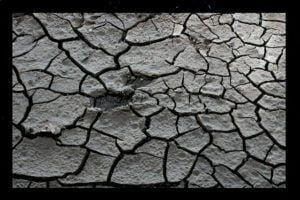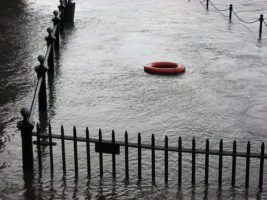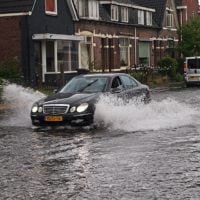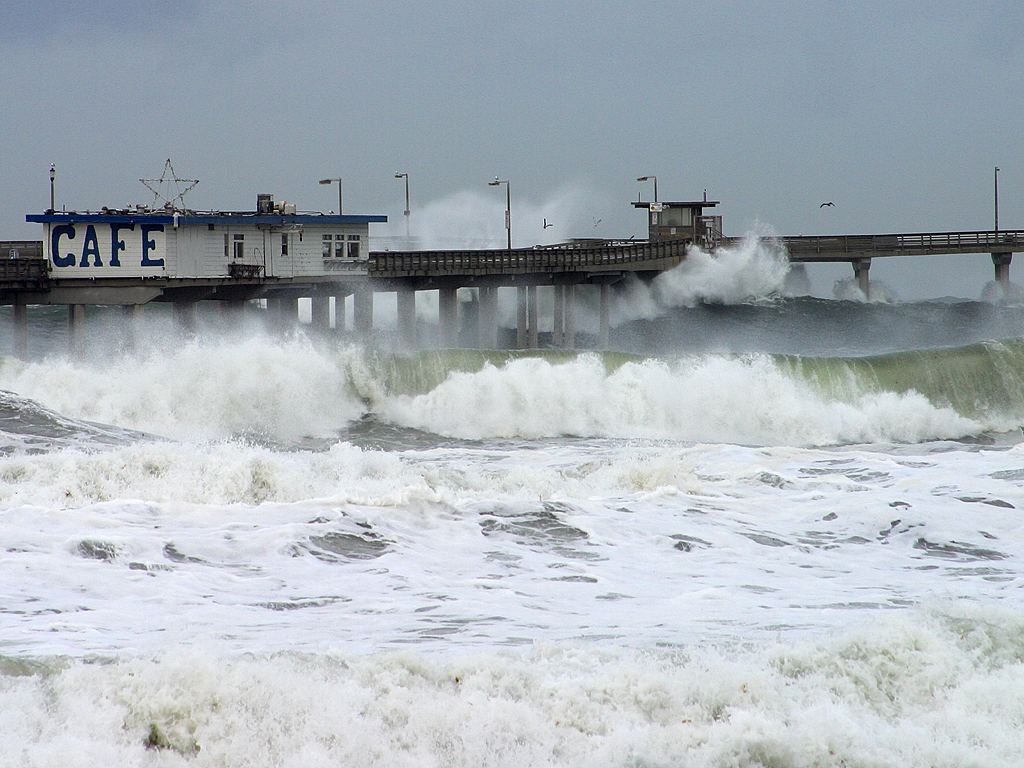
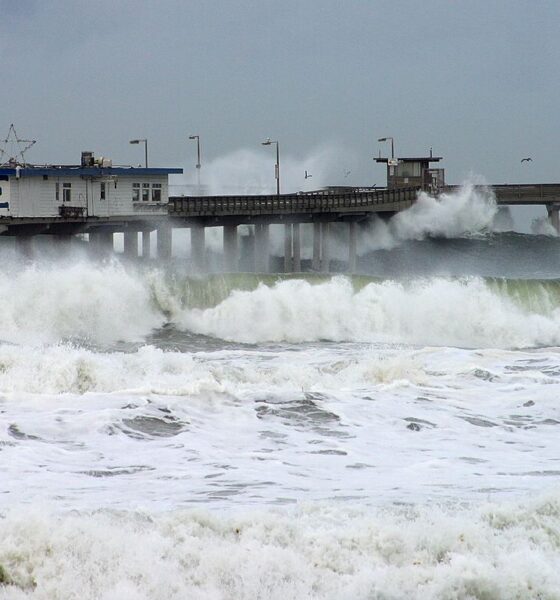
Environment
How El Niño affects everything from flu pandemics to the price of coffee
Noticed any crazy weather lately? You may be feeling the return of El Niño. Scientists announced yesterday that one of the most potent influences on global weather patterns is back after a 5-year hiatus.
This article was written by Michael Reilly and first published on Timeline.com. Get Timeline App.
A robust El Niño spells a muted hurricane season for the eastern US, and much-needed rains for the west, which has been parched for years. But other parts of the world are likely to face drought, wildfires and crop failures.
As a climate phenomenon, El Niño has been around for millennia. But it’s only in the last century that we have come to understand how the wild weather plays a role in everything from flu pandemics to the price of coffee.
1800s: Peruvian fisherman name the warm Pacific
Peru
The phrase El Niño is capitalized for a reason. Fishermen working the waters of the Pacific Ocean off of Peru noticed that in some years the normally chilly currents warmed suddenly around Christmas time.
The anomaly was seen as a blessing — not only were the waters more balmy, they also brought with them steady rains along a stretch of the the South American coast that’s usually parched. So they named the warm current in honor of the baby Jesus.
1918—1919: Spanish flu pandemic worsened by El Niño
India
The nourishing monsoon rains that India relies on failed to materialize, and one of the 20th century’s worst droughts followed. Food became scarce. And then came the flu.
One of the most deadly pandemics of all time, the Spanish flu spread rapidly among soldiers fighting in the European trenches in World War I before making its way around the globe.
The punishing drought in India was a direct consequence of a strong El Niño, and it weakened people when they could least afford it. Of the 50 million people claimed by the Spanish flu pandemic, 18 million were in India.
What is El Niño? – Explained
In 1957 a global network of earth scientists witnessed a profound warming of the tropical Pacific Ocean, all the way from the coast of South America to Southeast Asia. What had previously been thought of as a quaint regional phenomenon now looked global.
The entire El Niño cycle generally takes three to seven years, and includes an El Niño (a period of warming in the eastern Pacific near the equator), and a cooling called La Niña. Depending on its strength, each phase of the cycle can cause wild deviations from normal weather patterns.
1997—1998: Record-setting El Niño causes massive flooding, drought
Global
Starting in March of 1997, a year-long surge of warm waters in the tropical Pacific showed the full force of El Niño. Extreme weather events ranged from intense rain and snow in California to flooding in Peru and Ecuador to drought in Indonesia.
Research since then suggests that as the world warms, such extreme El Niño events are likely to become more frequent.
It’s something of a mixed blessing. An analysis of the 1997-1998 El Niño indicated that Brazil’s coffee industry was hit hard, for example, but a warm winter in the US led to low energy usage and other knock-on effects that netted the country $20 billion in economic benefit.
May 12, 2015: El Niño teases, but then returns in a ‘proper’ way
Equatorial Pacific Ocean
The waters of the equatorial Pacific Ocean have warmed again after five years. El Niño is back. In March, forecasters predicted a weak event, but in the last month they have watched as warming has intensified off the coast of South America. They now say we’re in for a “proper” El Niño.
Over the next few months, forecasters say there is a 70% chance that the balmy seas will persist through the Northern Hemisphere’s summer months and a 60% chance that the warmth will persist into the fall.
That’s in line with predictions for a quiet hurricane season in the Atlantic Ocean, though unusually heavy rains, flooding or drought could be in store for many other parts of the world.
Photo: Jon Sullivan via publicdomain
We’re live on Crowdcube. To own a share in our tomorrow, click here.
#investaware
Further reading:
El Niño worsens economic damage from flooding, study finds
70% probability of El Niño arriving this summer, say US climate forecasters


 Environment10 months ago
Environment10 months agoAre Polymer Banknotes: an Eco-Friendly Trend or a Groundswell?

 Environment12 months ago
Environment12 months agoEco-Friendly Home Improvements: Top 7 Upgrades for 2025

 Features9 months ago
Features9 months agoEco-Friendly Cryptocurrencies: Sustainable Investment Choices

 Features10 months ago
Features10 months agoEco-Friendly Crypto Traders Must Find the Right Exchange



